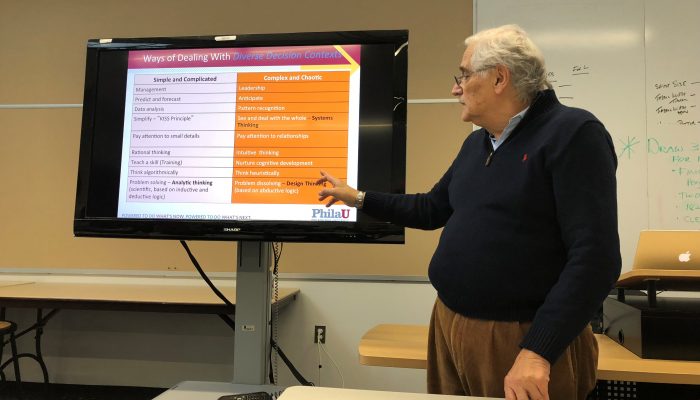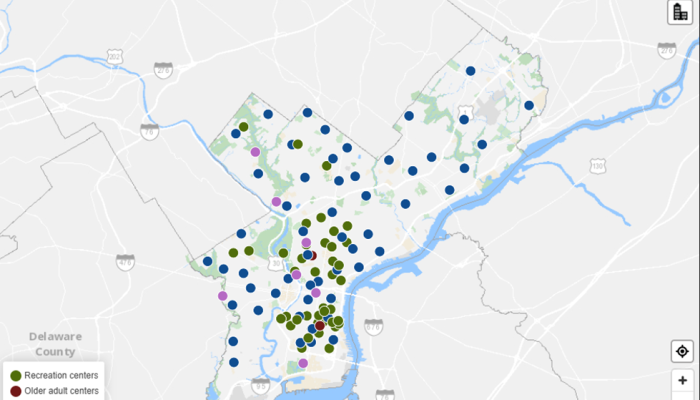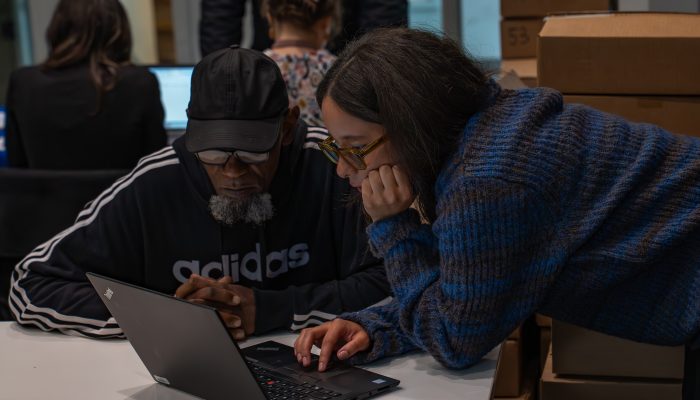Week 6: Complexity
The fifth cohort of the Academy for Municipal Innovation kicked off in October 2017. This is a blog series written by participants about their experiences in the program. Today’s author is Jeannette Bruno, Assistant Chief Administrative Officer, Office of the Chief Administrative Officer (CAO).
“You can’t keep doing what you’ve done in the past.” Jefferson University professor Jahangir (John) Pourdehnad made this statement during our sixth week of class in the Academy of Municipal Innovation (AMI) program. It was quite fitting, given that the focus of this class was learning how to navigate the complexities in City government disruption using systems and design thinking.
Complexities abound here at the City of Philadelphia. Though we are united by our overarching mission to serve every City resident, departments operate within their own systems. To figure out how we, as City employees and soon to be AMI graduates, can innovate and disrupt in this complex system, we must understand the nuances of complexity.
We spent our session learning about frameworks that can help us approach the various complexities of our work, like IBM’s Cynefin framework and the War College’s VUCA Framework. VUCA stands for Volatility, Uncertainty, Complexity, Ambiguity. Both these frameworks share a common thread around complexity, and successful organizations have identified ways to navigate complexities using these frameworks.
Dr. Pourdehnad described complexity as the possible ways that variables in the internal and external environments of a system can interact. When we think about complexity, we need to let go of our desire to predict and control things. We can’t forecast what will happen. But what we can do is take a diverse thinking approach to complexity. This means rejecting the one-size-fits-all approach to problem solving, and instead making better choices by adapting our problem-solving approach to changes in circumstance.
Our system’s context should determine how we respond to a challenge. We might need to take a step back, go back to the drawing board, and try something different. We can’t make predictions, but we can be prepared to think innovatively and outside of the box when it comes to problem solving.
Part of changing an organization means changing the conversations we’re having. As we prepare for next week’s graduation ceremony, I know my colleagues and I have the tools we need to navigate our complex system. This has been a fantastic ride, and I can’t wait to see what future municipal innovations come down the pike!
What is the Academy for Municipal Innovation?
AMI is a seven-week program that introduces participants to the principles and practice of innovation. Participants will learn to integrate tools and techniques of innovation drawn from design thinking, system thinking, business analytics, and ethnographic research to discover innovative solutions to complex real world problems. The program will be delivered in a studio setting, anchored in Jefferson University’s (formerly Philadelphia University) signature nexus learning pedagogy of active, collaborative, and real world learning. Each session will introduce practical techniques & tools that can be immediately applied at work to inspire innovation through collaboration.
Throughout the program, the City (Innovation Management) will offer opportunities to further develop the skills and tools that participants are learning in the classroom. Brown bag lunches, innovation consulting sessions and workshops will take place throughout the fall to encourage students to engage with the material in the context of their everyday portfolios, and to provide them with a space to meet past graduates and learn about how they’ve integrated innovative thinking into their roles.




